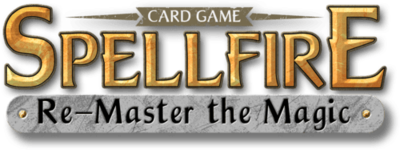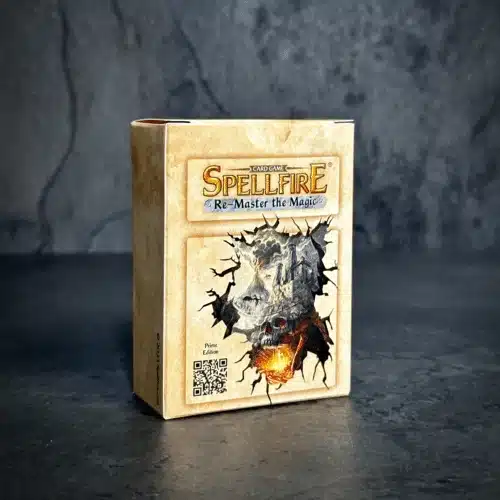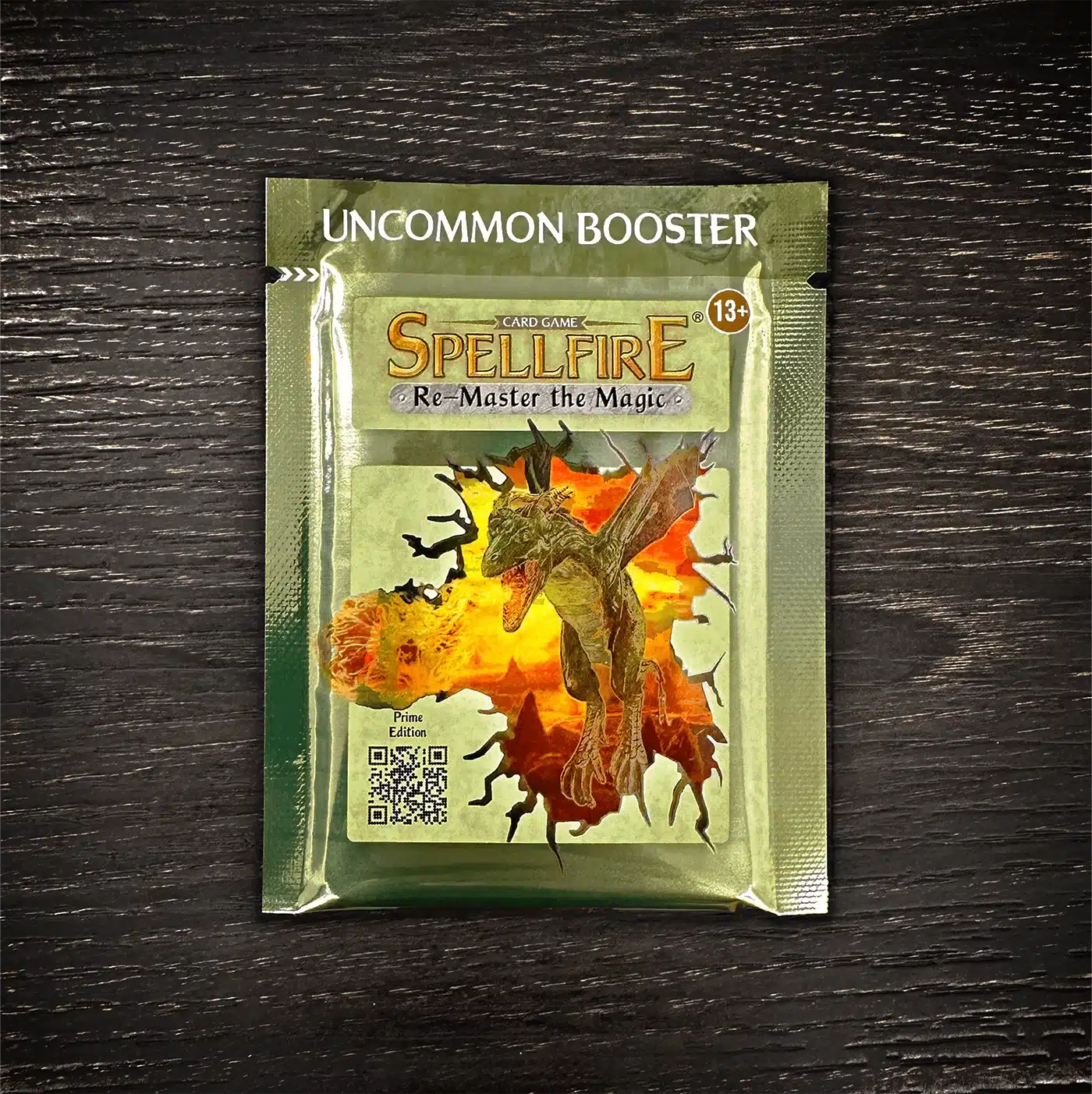The Rules
How to play Spellfire and use the appRealm Cards
Understanding the concept of the realms in Spellfire
A realm represents a land, a place of the player. Attacks and defenses are focused on them. Each realm corresponds to a special place in the magical world of Spellfire.
Realms are placed during phase 2 (see phases). A new realm takes place either within an empty space in the formation or on top of a razed one. It never replaces an active realm. A razed realm is discarded when a new realm is played over its top.
Order must be maintained for filling empty spaces in the pyramid. Position A must have a card (razed or active), before playing one in positions B and C, or the last row, in the positions D, E, and F. Before a card can be played in the last row, both cards in the middle row must be played. There's no matter which card is played first in a row.
Players who don't have any razed or unrazed realms on the table will discard all champions in their pool at the end of their turn. If a player earns spoils of victory and draws a realm, his champions are not discarded as long as he plays the realm.
The Formation
The Pyramid is formed by three, six, or ten realms oriented toward the player (see the diagram). The top realm is played first, and until the second row is filled, realms in the third or fourth rows cannot be played.
If a realm is discarded because of card play, it is possible to end up with an empty spot in a second row. A new realm must be added to an empty spot first.
Example: If the realms A to E are already filled, and A and B have been discarded by events, then the player must lay his next realm in position A. In no way can it be placed in position B or F.
As a result, each realm protects the two realms directly behind it by shielding them from attacks. A realm cannot be attacked when behind an unrazed realm, and razed realms provide no protection. The realms that are exposed by a razed realm are targets for attacks.
Realm Champions
Interestingly enough, there are some realms (and holdings) that can defend themselves as champions of certain types. For example, Dragon King Lair (5/Prime) is defended by Dragon King.
The realm provides itself with champions. Without a specific champion-type declaration, the realm is considered a hero. Allies and spells are played normally with a realm champion. This is true only under certain conditions - a defender has to have spell casting rights. A realm considered a hero can use unarmed combat cards that only heroes can use. However, keep in mind that a Realm champion can be used only in the 4th phase, and its other purposes are futile.
There is one downside to using this special power of the realm. It's not possible to play magical items and artifacts with realm champions unless this is explicitly mentioned in your realm's special powers. If a realm champion is defeated, the realm is razed, all attached cards to the realm are discarded, and the winner gains the spoils of victory.
Razed Realms
A razed realm is always turned face down, and there is no need to remove it from the formation or discard it. When a realm is razed, holdings (or any other cards) attached to it are discarded. Players may replace razed realms with new ones during phase 2.
As soon as a realm has been razed, any special powers it provided are gone. During phase 2, players can rebuild, flip over razed realms by discarding three cards from their hands. The player can only rebuild one realm per turn, which forfeits the chance to build another realm. When the realm is rebuilt, its special power is activated.
According to the formation diagram, realm A protects realms B and C. If realm A is razed, realms B and C could become vulnerable. The razing of A and B can allow C and D to be attacked. Realms E and F remain safe. A realm retains its position in the formation even if other realms are discarded. If the realms A, B, and C are discarded, the realms D, E, and F do not move to fill the spots.



